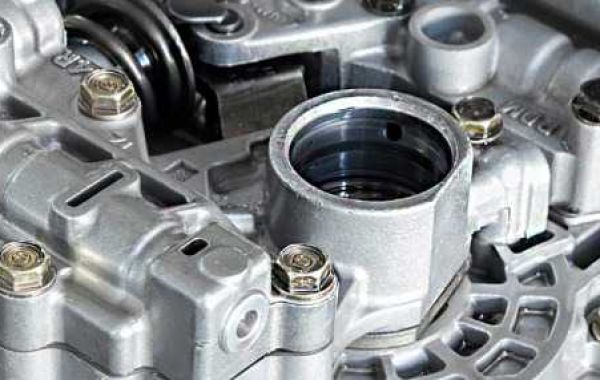Overcoming the challenges of CNC milling titanium requires a combination of specialized equipment, tooling, and techniques:
Tool Selection
- Use carbide or ceramic cutting tools designed specifically for titanium machining.
- Apply coatings like TiAlN or DLC to improve tool life and reduce heat generation.
- Select tools with optimized geometries for chip evacuation.
Cooling
- Employ high-pressure coolant to effectively remove heat from the cutting zone and prevent tool wear.
- Consider using cryogenic cooling for extreme cases.
Cutting Parameters
- Use lower cutting speeds and feeds to reduce heat generation and tool wear.
- Optimize cutting parameters based on the specific titanium alloy and desired surface finish.
Chip Management
- Use high-pressure coolant to break chips into smaller fragments.
- Implement chip breakers on the cutting tool to control chip formation.
- Ensure proper chip evacuation from the machine.
Workholding
- Use rigid workholding systems to prevent workpiece vibration.
- Consider vacuum or hydraulic clamping for improved workpiece stability.
Workpiece Preparation
- Pre-cool the workpiece to minimize thermal expansion during machining.
- Ensure the workpiece is securely clamped before starting the machining process.
By following these best practices and investing in appropriate tooling and equipment, it is possible to successfully machine titanium components.








